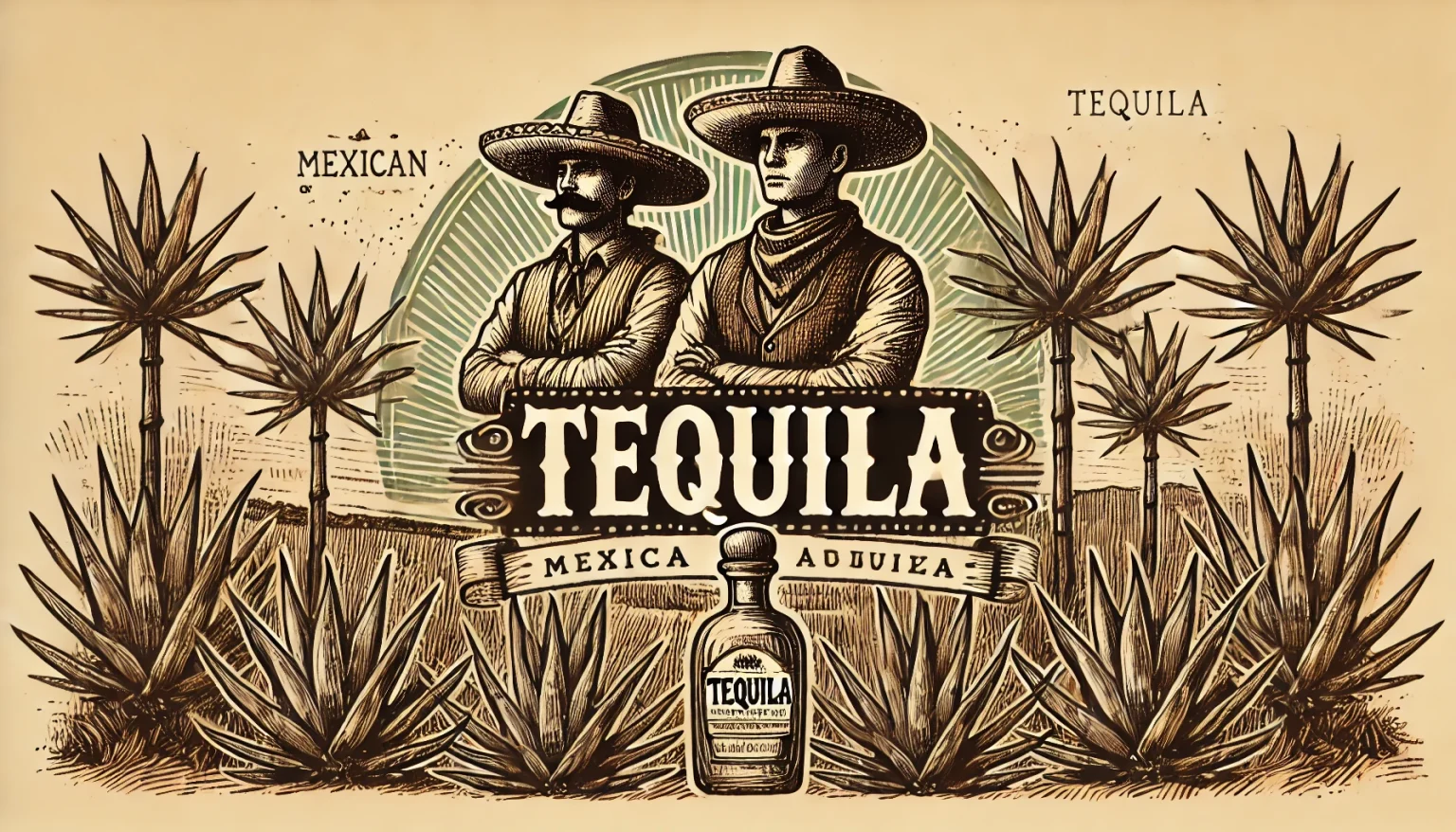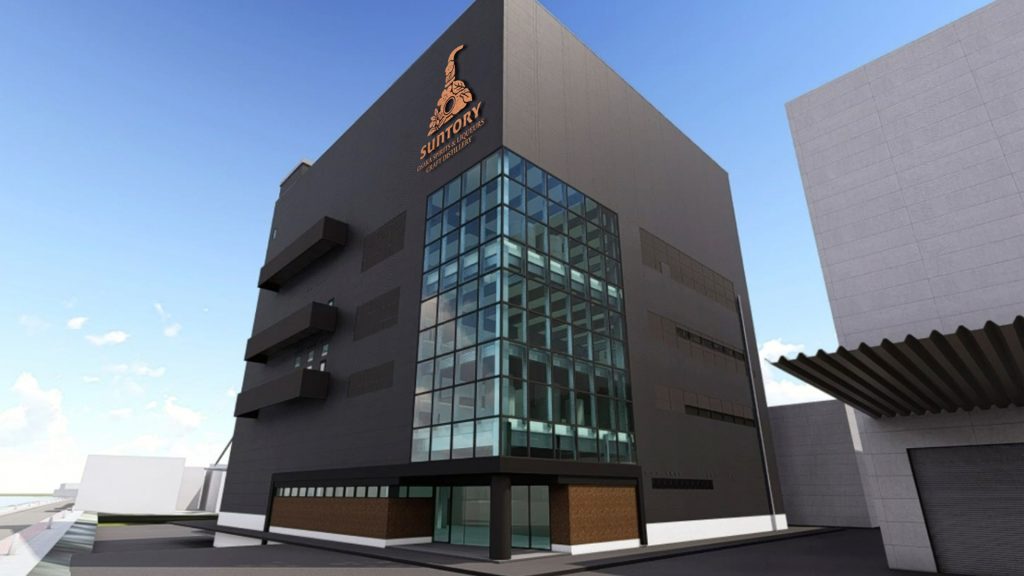For years, tequila has been one of the fastest-growing spirits categories, with brands like Diageo’s Don Julio and Casamigos experiencing double-digit growth. Similarly, Pernod Ricard’s Olmeca and Avión have benefited from the sustained popularity of agave-based spirits. However, recent reports suggest that this rapid growth may be slowing. According to a Wall Street Journal article titled “The Tequila Boom Is Over. The Tequila Price War Has Begun,” American consumers are shifting away from top-shelf tequila and seeking more affordable alternatives.
But does this truly signal the end of tequila’s boom, or are we witnessing a natural market transition? Below, we analyze key factors shaping the tequila industry, including economic conditions, price competition, market maturity, and emerging markets.
1. Market Maturity: A Shift, Not a Decline
While reports suggest that demand for high-end tequila is slowing, this does not necessarily indicate an overall market decline. Instead, it may reflect a maturing industry. Over the past decade, premium and ultra-premium tequila have driven category expansion, but as consumers become more familiar with tequila, their purchasing behaviors are shifting.
- Segmented Consumer Behavior: Rather than an outright demand drop, the market is seeing segmentation. Some consumers seek more affordable tequila, while others remain loyal to artisanal, high-quality brands.
- Long-Term Growth Prospects: Similar trends have been observed in whiskey and cognac—after rapid premiumization, the market stabilizes as consumer education improves and purchasing decisions become more deliberate.
- Retail and On-Premise Adjustments: Bars and restaurants are adjusting their tequila offerings to balance premium selections with more cost-effective options, adapting to shifting consumer preferences.
2. Price Wars and Competitive Adjustments
As demand for top-shelf tequila stabilizes, major brands are engaging in price competition to maintain market share. This has led to more aggressive discounts and promotional campaigns.
- Lower Price Points as a Battleground: Premium brands like Casamigos and Patrón, which once dominated the high-end market, are now facing pressure to adjust their pricing strategies.
- Retail Adaptation: Supermarkets, liquor stores, and online retailers are adjusting their inventory to provide a broader range of tequilas at different price points to accommodate diverse consumer preferences.
- Margin Pressures: Price wars could impact profit margins, forcing brands to optimize production costs while maintaining product quality. This could lead to increased efficiency in agave sourcing and distillation.
3. Economic Conditions and Consumer Spending Shifts
Macroeconomic factors play a crucial role in shaping consumer behavior. If economic uncertainty persists, discretionary spending on premium spirits may decline, causing a shift toward mid-range and budget-friendly options.
- Value-Conscious Consumers: Consumers are prioritizing affordability, opting for spirits that offer the best balance of price and quality.
- Strategic Brand Adjustments: To maintain profitability, brands are exploring ways to differentiate themselves through innovative marketing, unique expressions (such as aged and flavored tequilas), and direct-to-consumer sales.
Faced with economic uncertainty, consumers are not necessarily abandoning tequila but are instead seeking better value in their purchases—opting for products that deliver both quality and reasonable pricing.
4. The Rise of Educated and Quality-Seeking Consumers
Even as some consumers seek lower-priced tequila, another segment is moving in the opposite direction—prioritizing authenticity, craftsmanship, and unique production methods.
- Growing Interest in Artisanal Tequilas: Today’s consumers are more educated about tequila production, aging processes, and terroir, creating demand for brands that emphasize authenticity.
- Sustained Demand for High-Quality Offerings: Small-batch, artisanal tequila brands may continue to thrive, driven by enthusiasts willing to pay a premium for superior quality.
- Premiumization Still Exists in Certain Markets: While mainstream premium brands might experience a slowdown, niche high-end tequilas that emphasize traditional methods and sustainability are finding loyal audiences.
5. The Role of Emerging Markets
While the U.S. remains tequila’s largest market, international demand is expanding, particularly in Europe, Asia, and Latin America. These regions present significant growth opportunities.
- Asia’s Expanding Interest: Countries like China and Japan are showing increasing interest in tequila, fueled by rising disposable incomes and the growth of cocktail culture.
- Latin America’s Evolving Market: Beyond Mexico, countries in South America are seeing increased tequila demand, particularly as economies strengthen and cocktail culture spreads.
- Younger Demographics as Key Drivers: Globally, younger consumers are more willing to experiment with tequila and other agave-based spirits, ensuring continued market expansion beyond North America.
6. Strategic Adaptation for Long-Term Growth
To navigate these shifts, tequila brands must evolve their strategies. Differentiation through unique aging techniques, sustainability initiatives, and storytelling will be essential.
- Product Innovation: Brands that introduce new expressions—such as extra añejo, flavored tequilas, or experimental blends—will likely capture consumer interest.
- Authenticity-Driven Marketing: Emphasizing heritage, production quality, and sustainable practices can help brands stand out in a crowded market.
- Global Expansion Strategies: As U.S. demand fluctuates, tequila brands must look to international markets for long-term growth opportunities.
7. Strategic Resilience
Rather than signaling the collapse of the tequila boom, the current shifts in consumer behavior indicate a market evolving in response to economic conditions and changing consumer expectations. While price-sensitive consumers are driving increased competition in lower price segments, demand for high-quality tequila remains strong, particularly among educated drinkers and in emerging markets. Brands that successfully navigate these shifts—through pricing strategies, premiumization, and international expansion—will be well-positioned for sustained growth in the years ahead.

